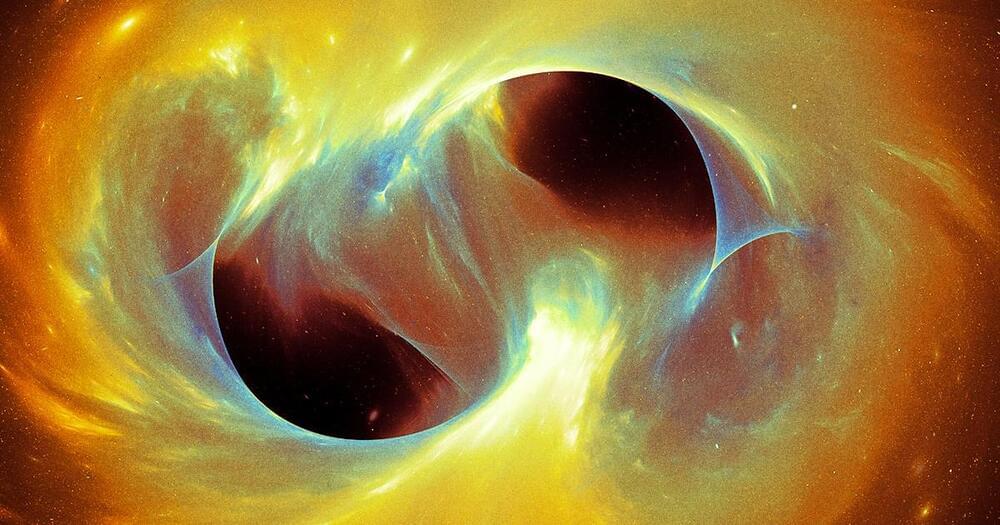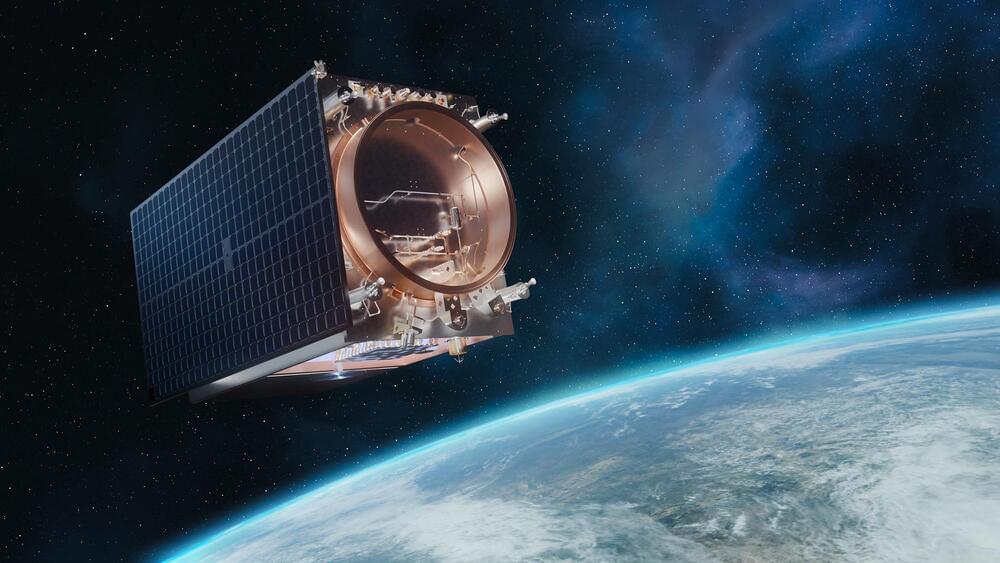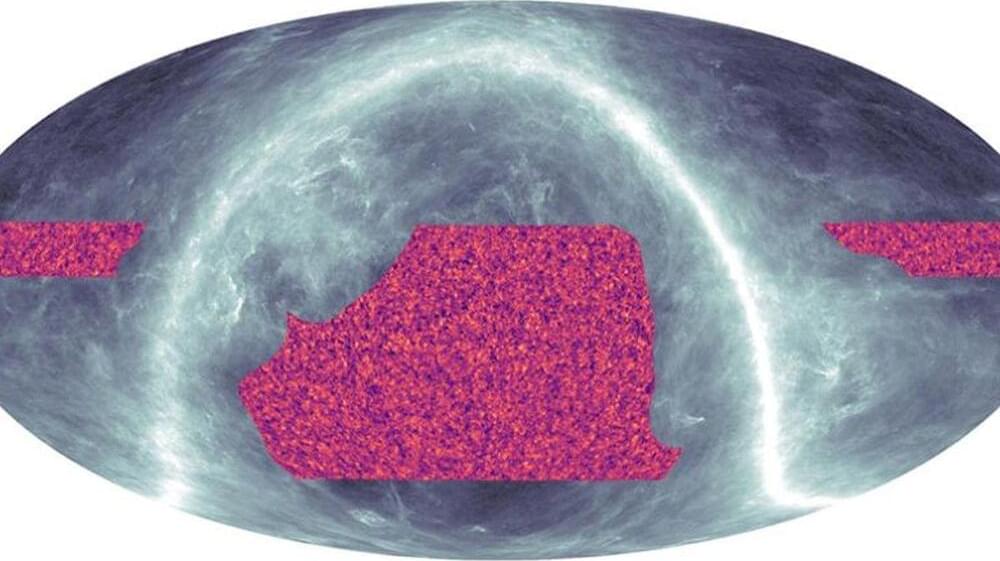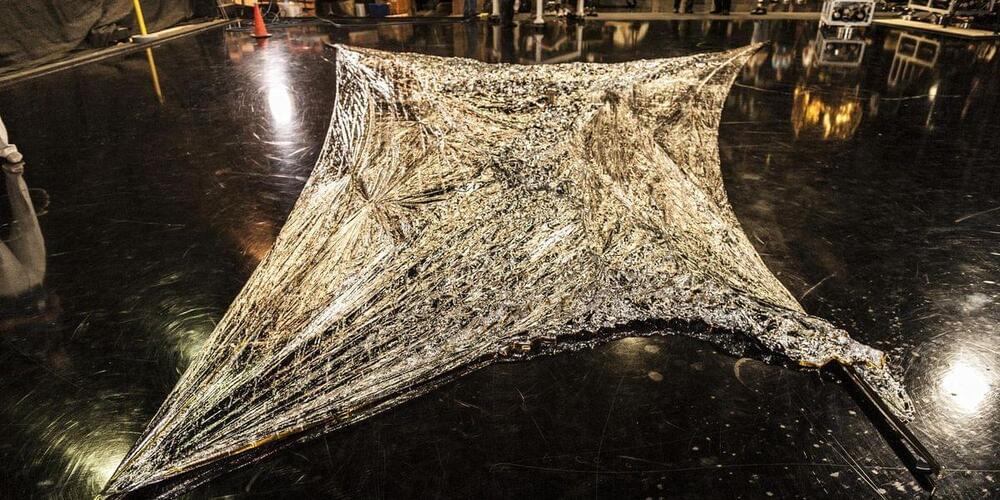Learn more about MinnaLearn’s and the University of Helsinki’s AI course — no programming or complicated math required.



AMD CEO, Dr. Lisa Su, states that Moore’s Law is not dead and that innovations such as chiplets & 3D packaging will help overcome the challenges.
Moore’s Law Is Not Dead, Says AMD’s CEO: Working On 3nm, 2nm & Beyond With Latest Innovations
In an interview with Barron’s, AMD CEO, Dr. Lisa Su, points out that Moore’s Law is not dead but has slowed down and things need to be done differently to overcome the performance, efficiency, and cost challenges. AMD has been the pioneer of advancing 3D packaging and chiplet technology with its first HBM designs back in 2015, chiplet processors in 2017, and also the first 3D packaging on a chip with its 3D V-Cache design in 2022.

In an effort to understand the origin of our galaxies, astronomers have spotted an insane, galactic showdown for the ages: four giant black holes in dwarf galaxies destined to collide, though not all in the same place. But boy, did they score a grand slam of astronomy firsts.
Using NASA’s Chandra X-ray Observatory, the astronomers kept a close eye on two separate pairs of merging dwarf galaxies. One is in a cluster 760 million light-years away, the other, over 3.2 billion. Unfortunately, us humans are relegated to the nosebleeds for this one.
Still, we don’t need to be close up to understand the significance of the findings, which were published as a study in The Astrophysical Journals. According to the researchers, it’s the first evidence of large black holes in merging dwarf galaxies at all.

WASHINGTON — Lockheed Martin announced May 4 it is consolidating several businesses focused on space into three sectors: Commercial civil space, national security space, and strategic and missile defense.
“With an eye toward the future and building on our current business momentum, these changes position us to deliver end-to-end solutions for today’s mission demands and well into the future,” said Robert Lightfoot, executive vice president of Lockheed Martin Space.

An international team of researchers have been able to track the distribution of matter across the universe over its whole age. The work used the first light that shone freely in the universe, the Cosmic Microwave Background (CMB), to study the unseen matter of the cosmos and confirm that observations agree with our models.
Now, depending on how you look at it, our understanding of the universe is either pretty good or woefully limited. There is a theory called the Standard Model of Cosmology that has been very good at explaining what we see. That said, two crucial components in it are dark matter and dark energy and we haven’t got the darndest idea of what they are. Dark matter is a misnomer. It is not dark, it is invisible as it doesn’t interact with light, only gravity.
So the team used the Atacama Cosmology Telescope in the high Chilean Andes to observe subtle changes to the CMB due to massive structures such as galaxy clusters (filled with dark matter). The changes provide a map of the distribution of matter visible and invisible in the universe.


Despite its popularity, ChatGPT has been criticized for generating unreliable and biased search results. A recent media report, for example, concluded that ‘ChatGPT Is Pretty Bad At Poetry, According To Poets.’ Yet that doesn’t mean that the literary ability of all AI should be discounted, applications created by INSEAD’s AI lab using exacting rules can potentially be more useful and reliable than ChatGPT.

Artificial intelligence (AI) is continuing to advance and has now defeated a human fighter pilot in a virtual combat simulation.
This result was achieved in the US Army’s AlphaDogfight competition, which aimed to demonstrate the feasibility of developing autonomous agents capable of defeating enemy aircraft in aerial combat.
Eight teams participated in a series of tests and in the final last Thursday, Heron Systems was declared the winner after two days of aerial combat using only nose-mounted guns.

They’re not a common thing right now, but the technology of solar sails has recently had some success. In particular, it’s had success in exactly the way JPL has been proposing it be used more—in combination with CubeSats. From 2019 to 2022, a crowdfunded CubeSat project called LightSail 2 run by The Planetary Society “successfully used sunlight alone to change its orbit around Earth,” according to the Society’s website. And just recently, NASA launched a sail-powered CubeSat called Near-Earth Asteroid (NEA) Scout as part of the Artemis I mission.
So, with recent functional missions to point to and inside knowledge of what it takes to complete a successful space mission—from engineering marvels to monetary considerations—the team from JPL is pitching we make a lot more use of this pairing through what they call the Sundiver concept.
“Together, small satellites with lightweight instruments and solar sails offer affordable access to deep regions of the solar system, also making it possible to realize hard-to-reach trajectories that are not constrained to the ecliptic plane,” the preprint reads. “Combining these two technologies can drastically reduce travel times within the solar system, while delivering robust science.”